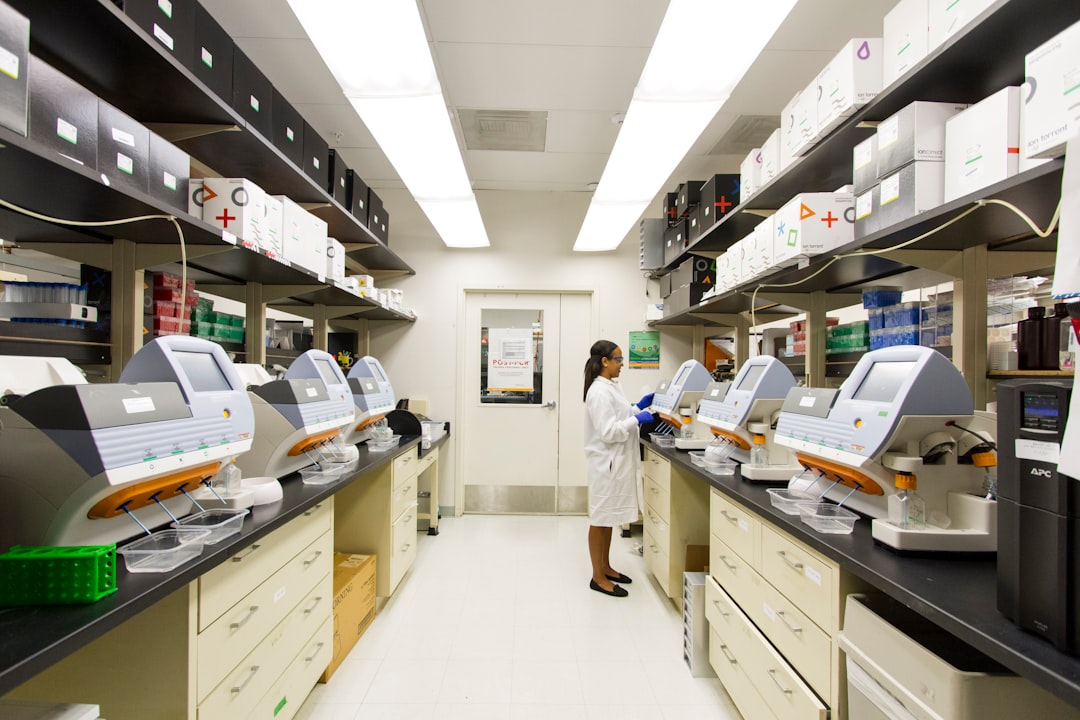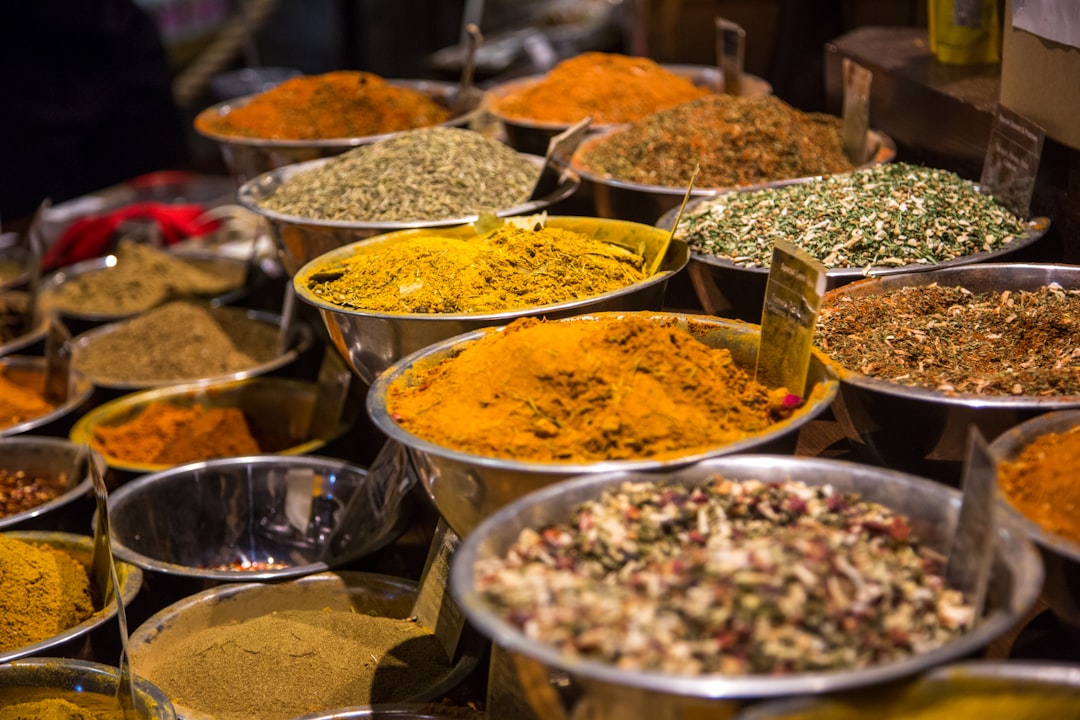What is it about?
An investigation into the post-translational activation of cDNA-expressed human phenylalanine 4-monooxygenase and human hepatic cytosolic fraction phenylalanine 4-monooxygenase activity with respect to both endobiotic metabolism and xenobiotic metabolism revealed that the reactive oxygen species (hydrogen peroxide and hydroxyl radical) and reactive nitrogen species (nitric oxide and peroxynitrite) could elicit the post-translational activation of the enzyme with respect to both of these biotransformation reactions. In virtually all instances, the Km values were decreased and the Vmax values were increased; the only exceptions observed being with hydrogen peroxide and L-phenylalanine. These effects were shown to occur at activator concentrations known to exist in physiological situations and, hence, suggest that reactive oxygen and reactive nitrogen species may cause, and may be involved with, the post-translational activation of phenylalanine 4-monooxygenase within the human body. This mechanism, in response to free-radical bursts, may enable the enzyme to expand its substrate range and to process certain xenobiotics as and when required.
Featured Image

Photo by Thought Catalog on Unsplash
Why is it important?
Experimental evidence that phenylalanine 4-monooxygenase can be activated to a drug metabolism role.
Read the Original
This page is a summary of: Post-translational activation of human phenylalanine 4-monooxygenase from an endobiotic to a xenobiotic enzyme by reactive oxygen and reactive nitrogen species, Xenobiotica, March 2010, Taylor & Francis,
DOI: 10.3109/00498251003675207.
You can read the full text:
Contributors
Be the first to contribute to this page










